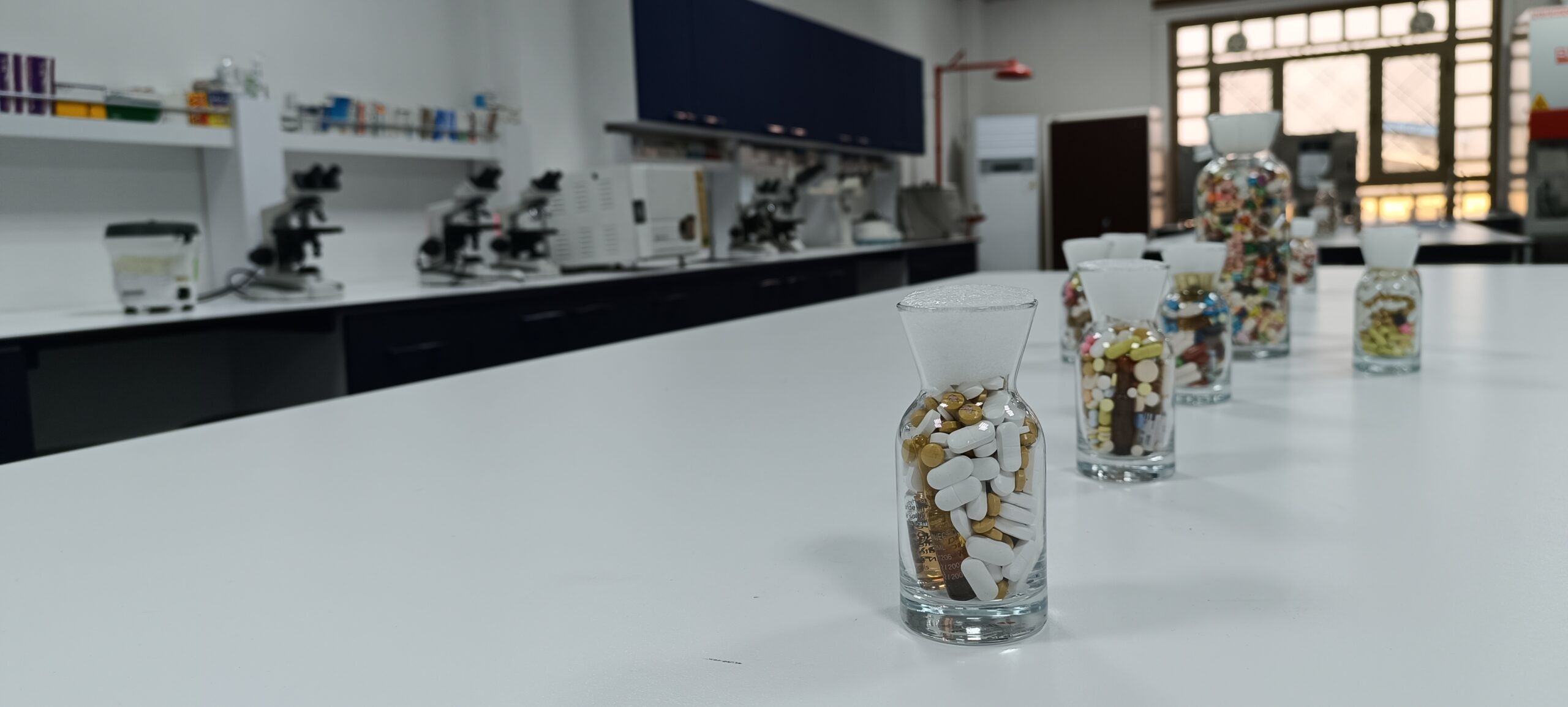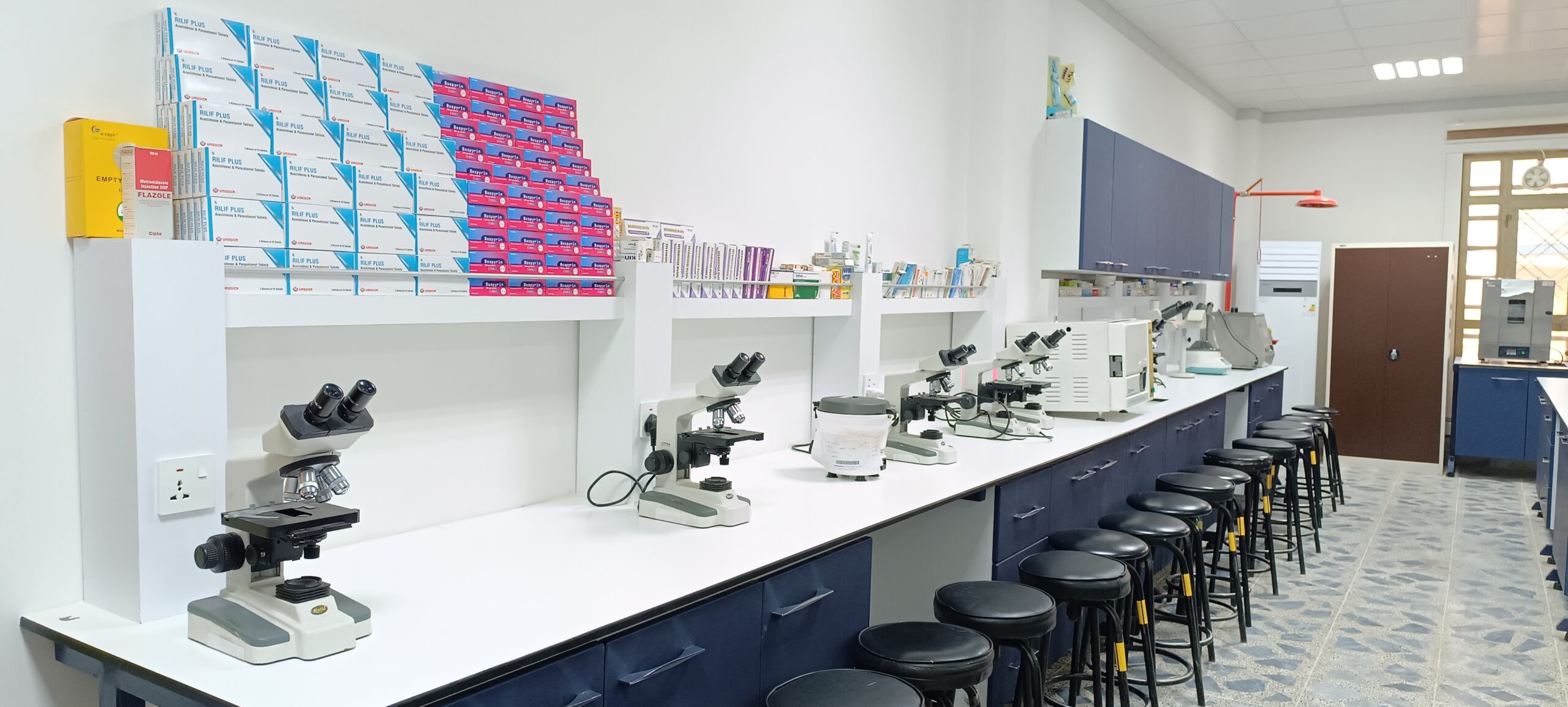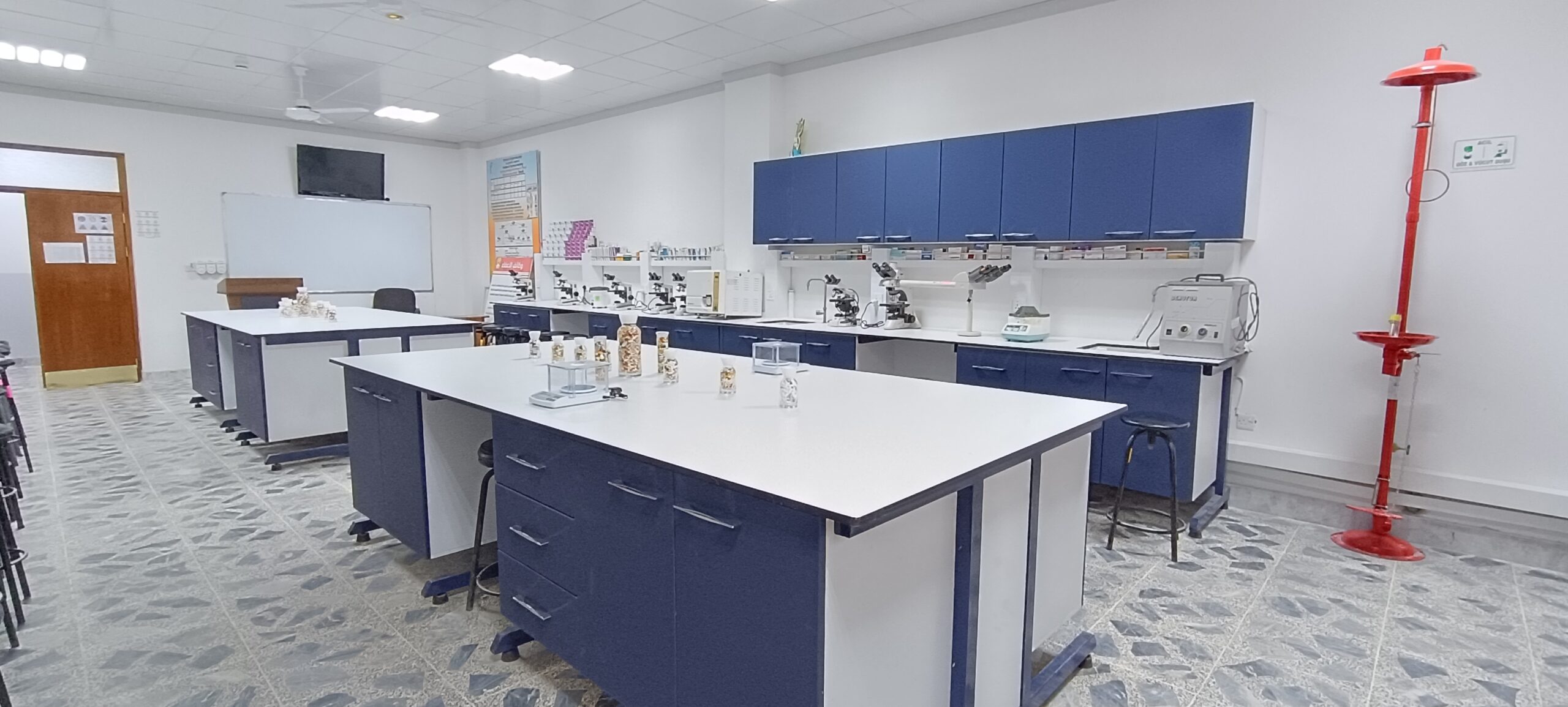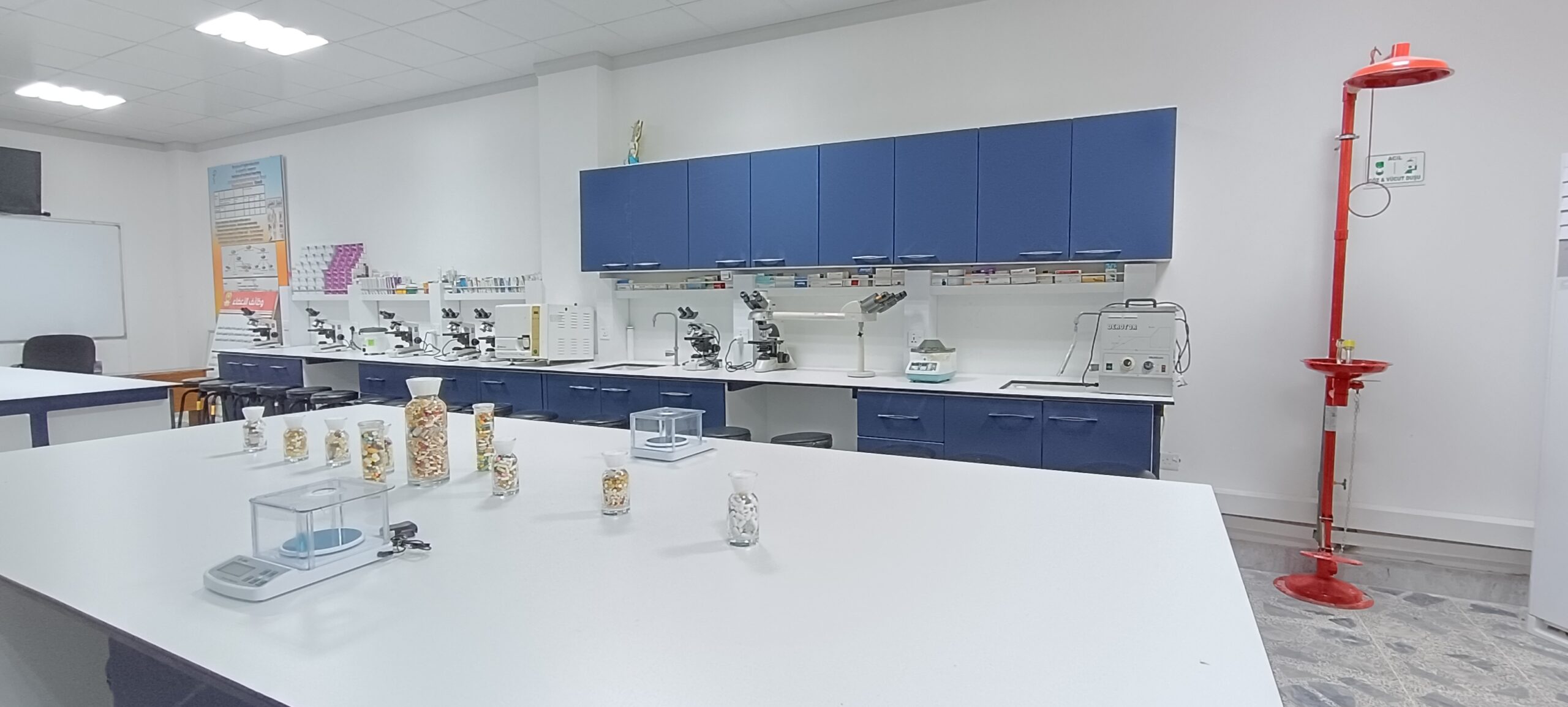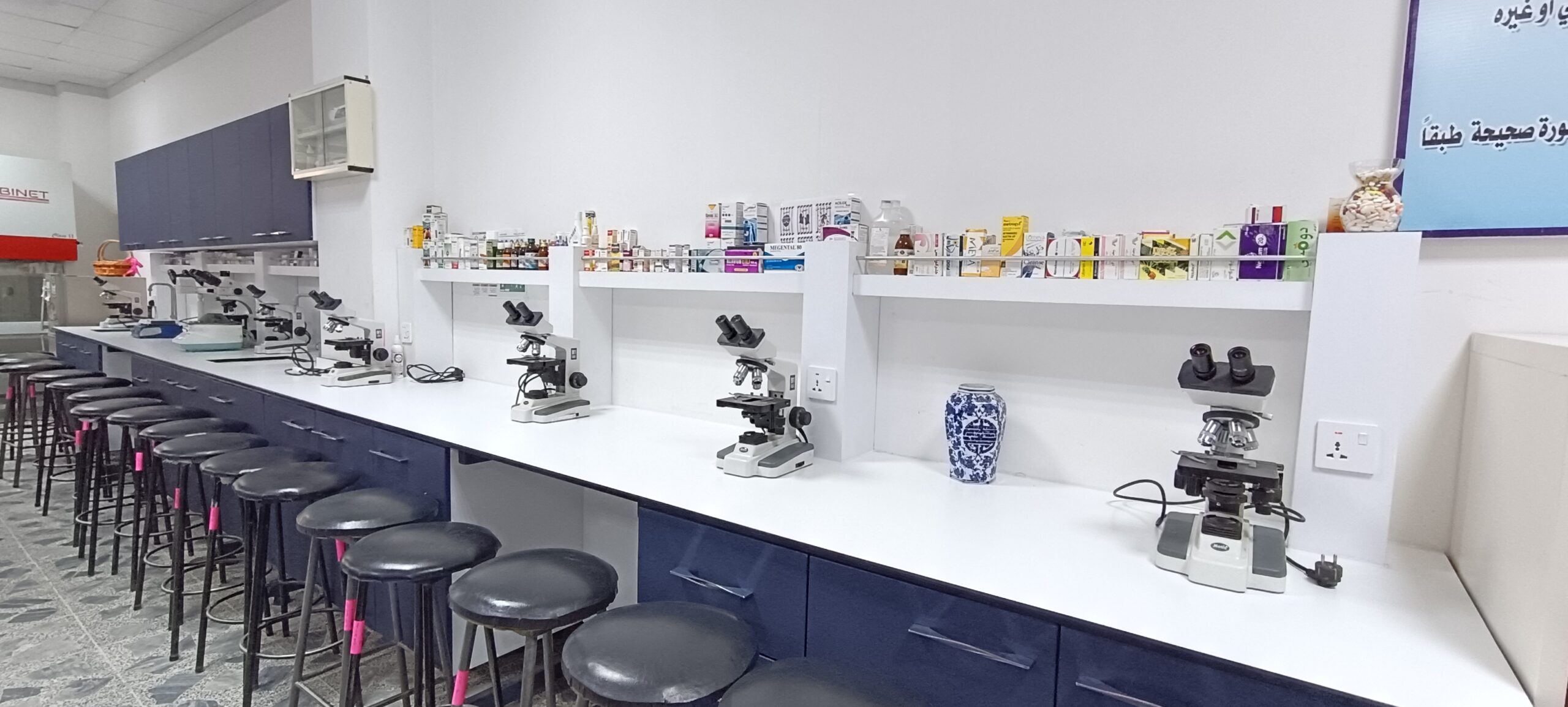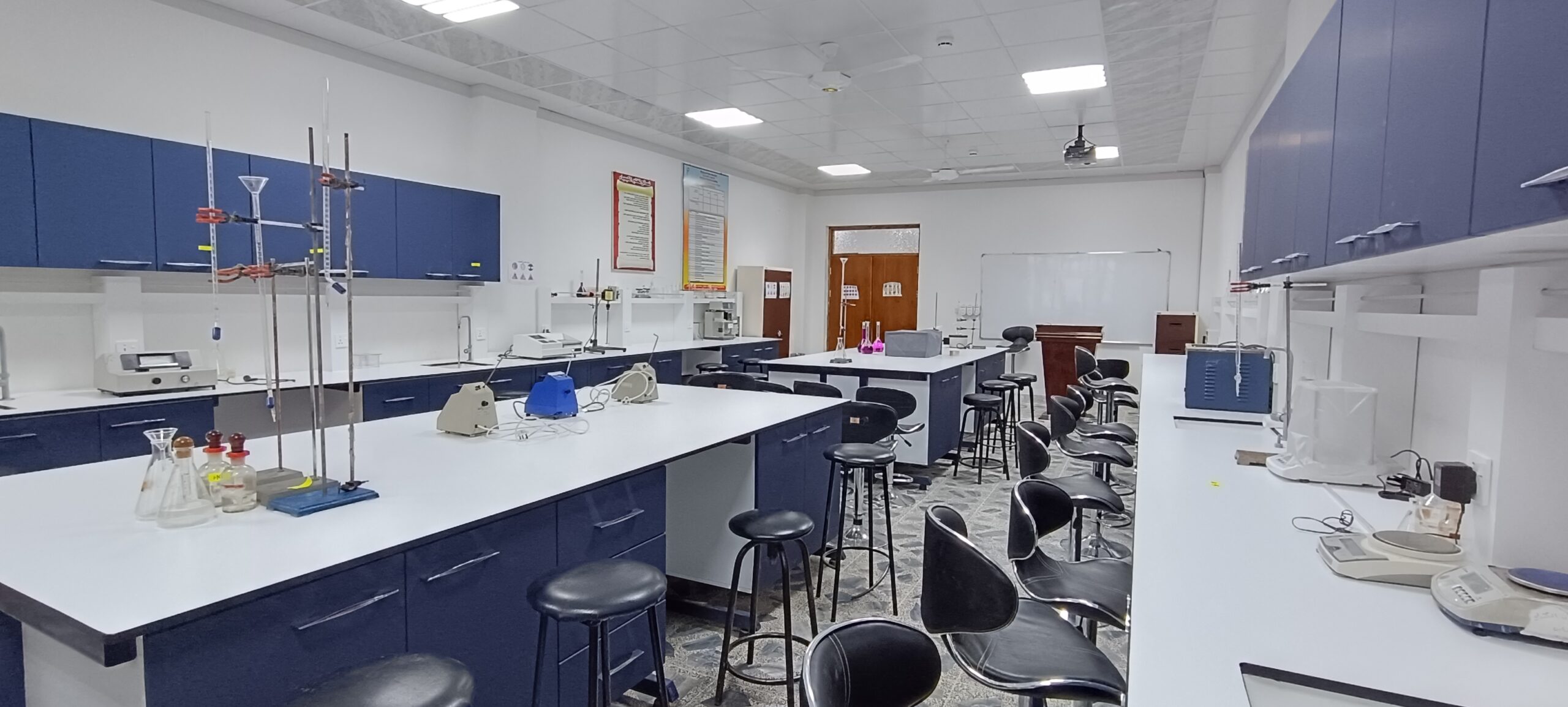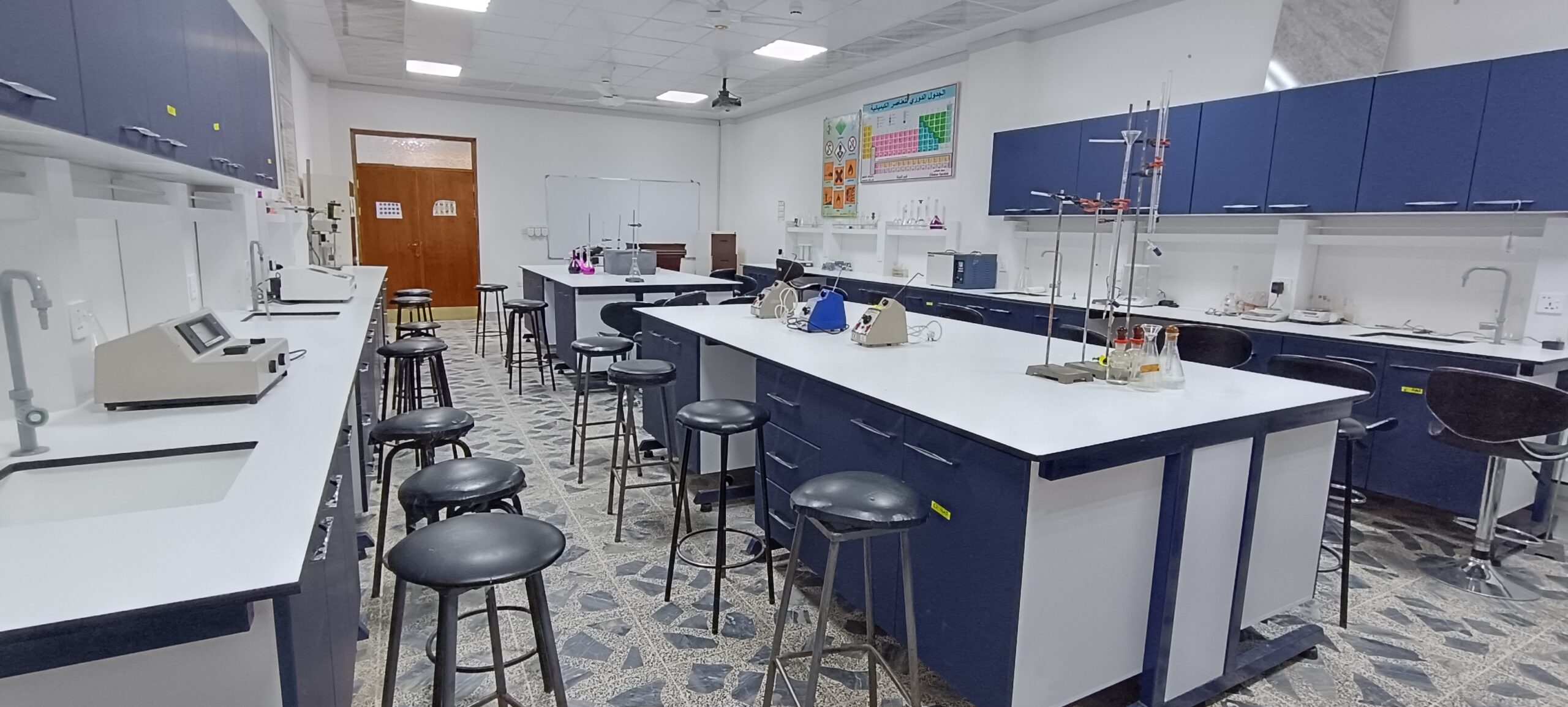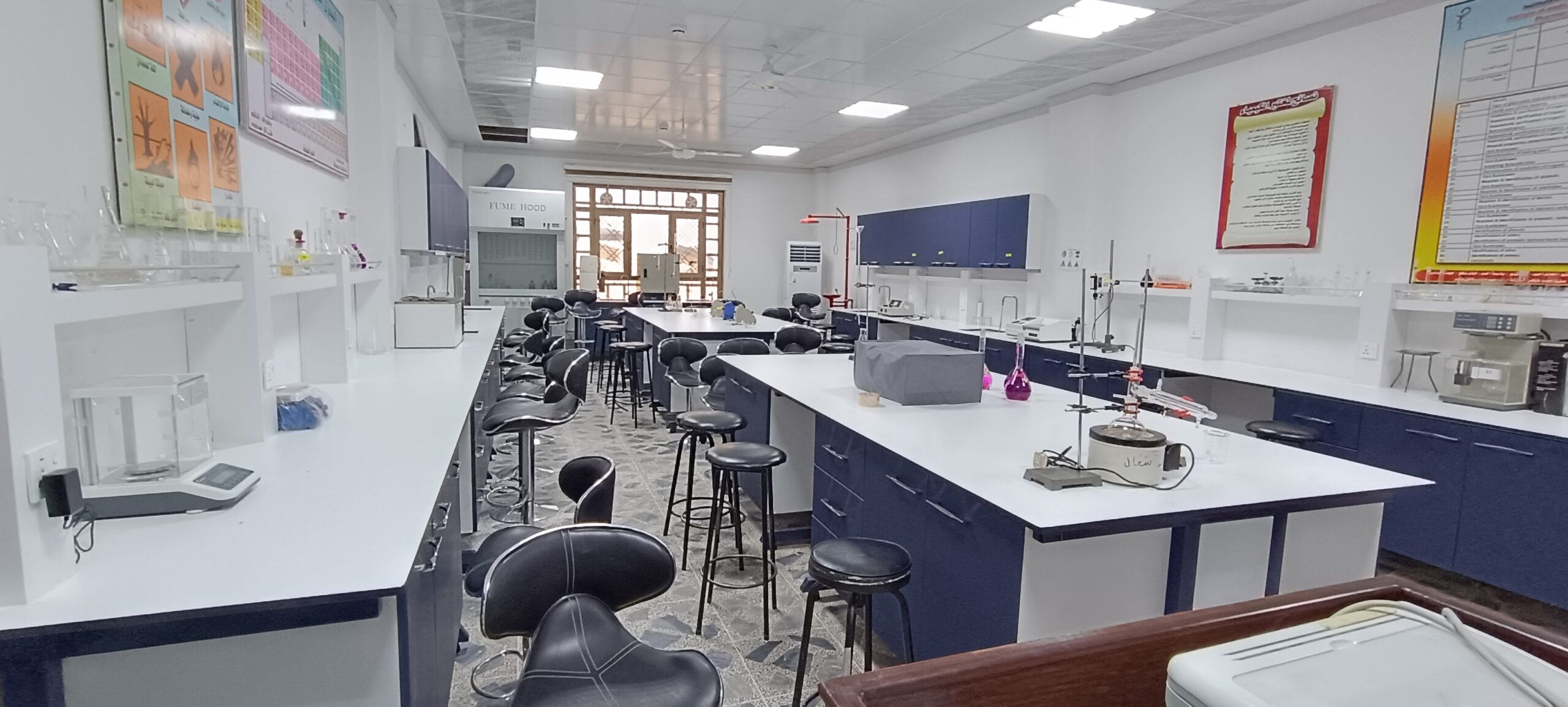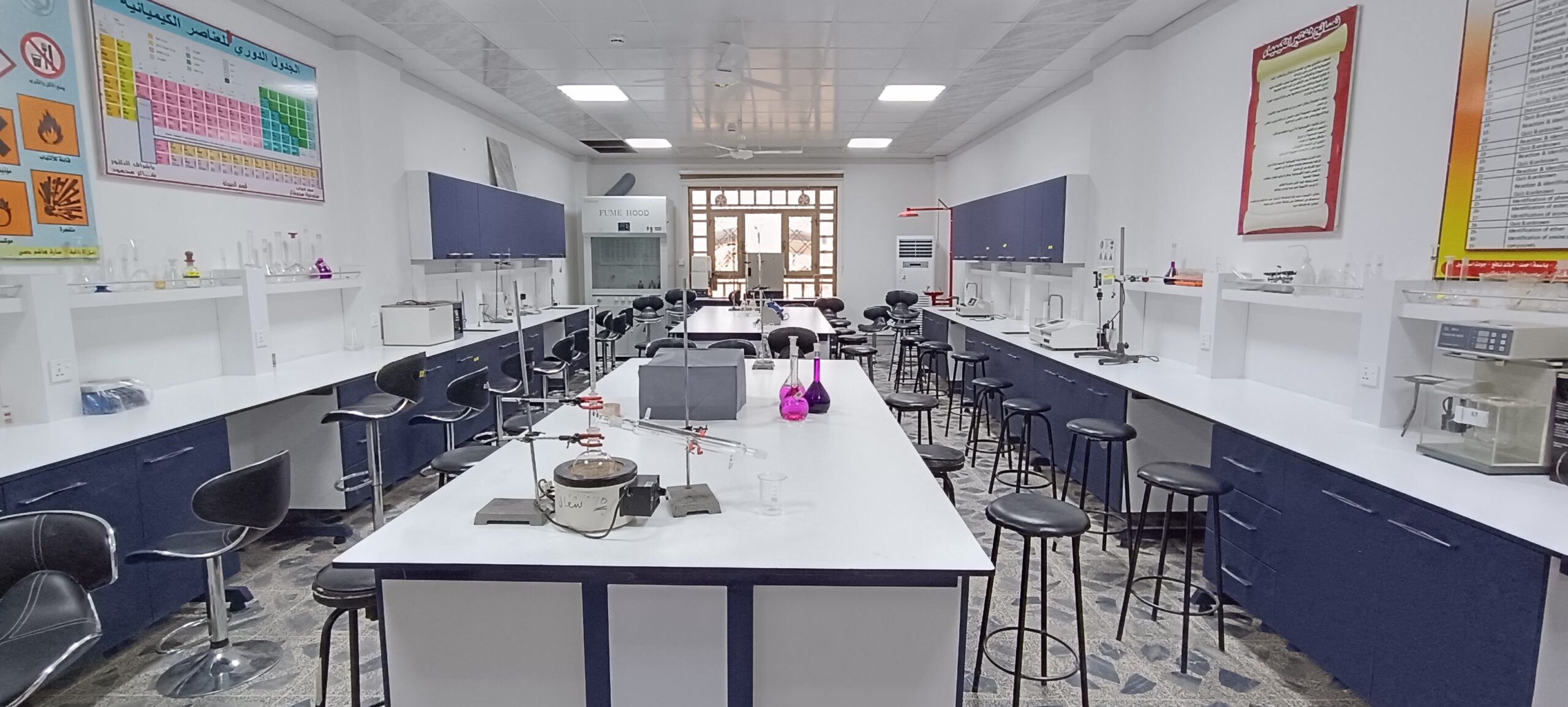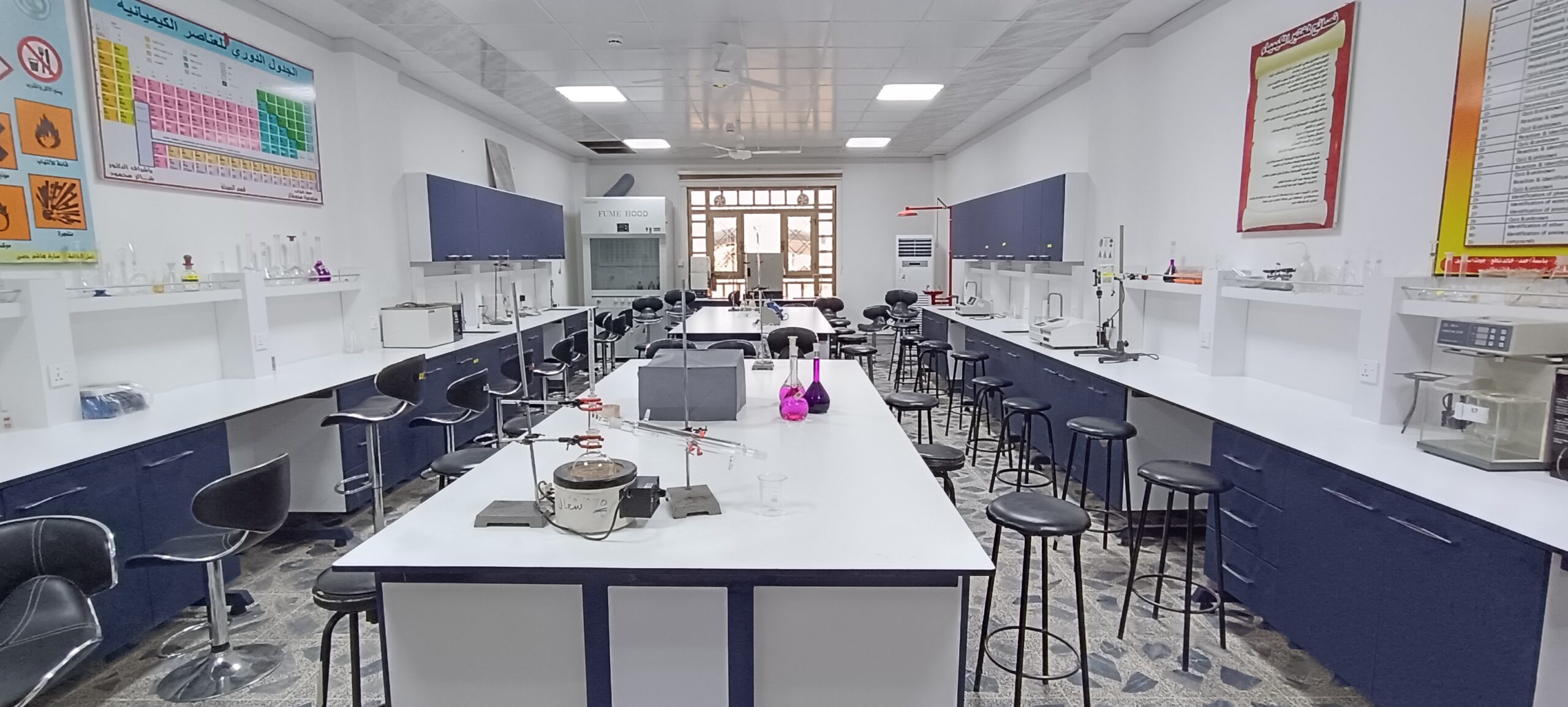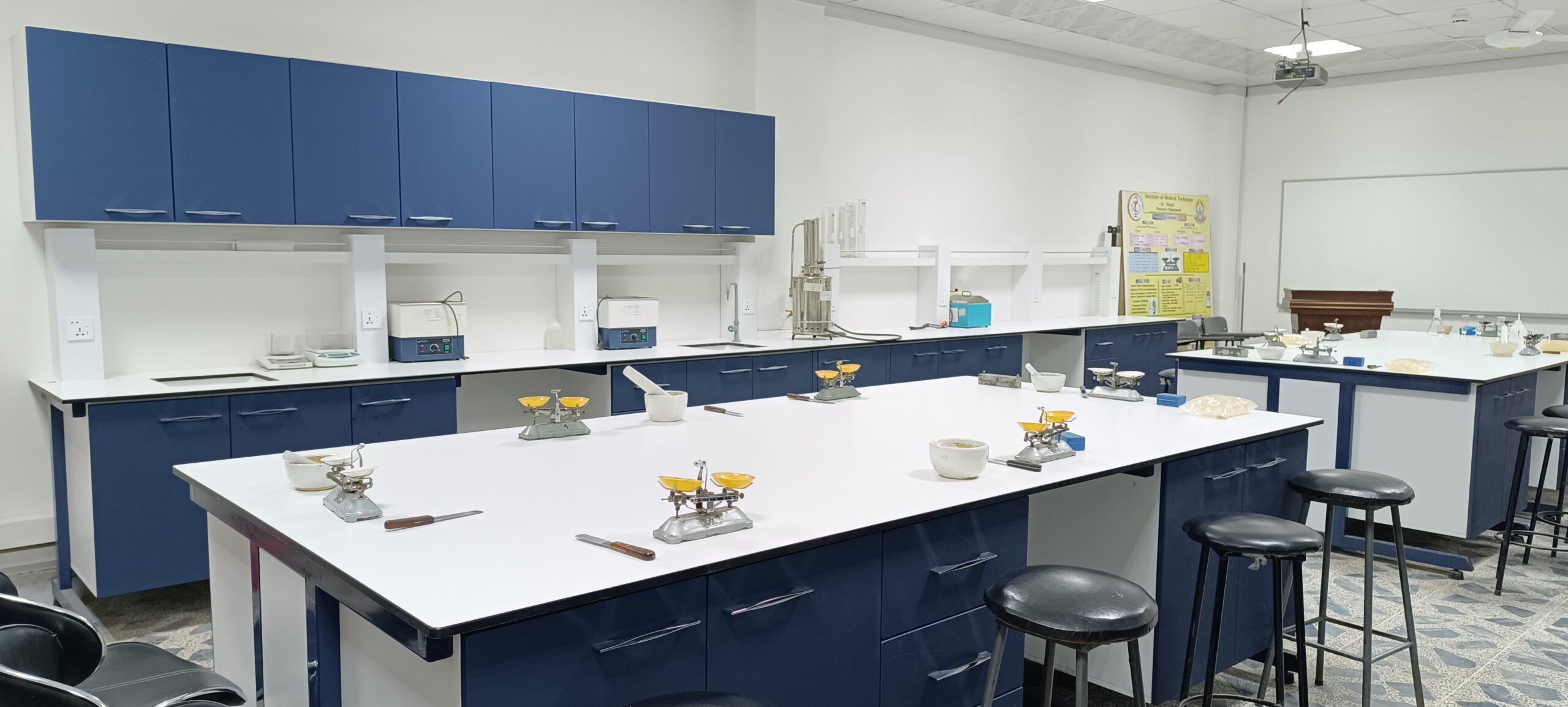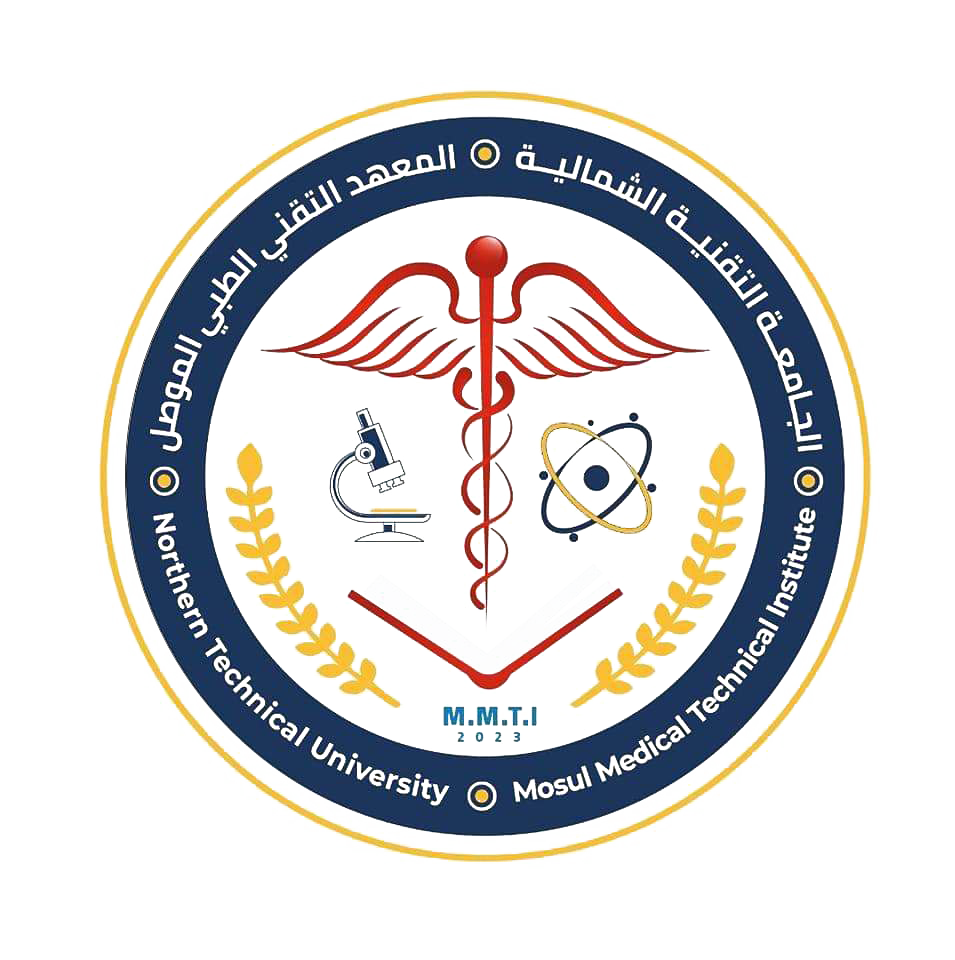Department of Anesthesia Techniques
Vision
Founded in the seventies, the Department of Anesthesia Techniques is a scientific and intellectual radiation center that realizes efficient and scientific outcomes that serve the hospitals. The department is equipped with modern higher education requirements (typical laboratories for training students imitate what is in the operating and intensive care rooms and experienced Professors in anesthesia and intensive care). Anesthesia is one of the great sciences in medicine and surgery. Through it, the surgeon can identify and treat pain and facilitate conduct operations that need the patient’s sleep and stillness, and the period may be relatively long. Preparing the patient is of great importance to get a successful surgery, avoiding complications and problems that might appear during and after the surgery; among these measures are blood pressure, pulse, temperature, emptying the stomach and intestines, and not having food before the surgery. Modern science, industry, and technologies applying them to the various branches of medicine have affected medical science and helped a lot in the accurate and early diagnosis of diseases whose detection and treatment were miracles at the time.
Message
To prepare a graduate who can work in the operating and intensive care rooms; having specialized scientific skills to work in hospitals. In addition to the fact that he is the link between the doctor and the patient.
Aim
The department aims to prepare efficient scientific graduates specialized in anesthesia and intensive care to keep pace with the development happening in education and health through laboratories similar to what is in operating rooms and intensive care units (cardiac resuscitation and lung resuscitation).
Graduate Description
Patient Monitoring and doing the following:
1- The graduate prepares the anesthesia apparatus, makes sure of its safety.
2- The graduate performs sterilization of anesthesia equipment and supervises equipping the hall with medicines and anesthesia equipment.
A – measure the pulse, pressure, and breathing.
b – give the patient the medication he needs under the supervision of the doctor
C – Conduct blood transfusion when needed under the supervision of the physician.
D – helping in emergency accidents during anesthesia.
E- To accompany the patient after the operation to the recovery room and linking him/her to monitoring and resuscitation devices.
Laboratories the Department Includes
The study in the department includes two aspects: theoretical; and practical. The theoretical aspect deals with medical and supportive subjects for the first two stages: principles of anesthesiology/anatomy/ physiology/ clinical chemistry/ biology/ medical physics/ nursing/ computer. The second stage includes: anesthesiology / intensive care/ pharmacology/ biomedical equipment technology/ internal and surgical medicine/ computer/ professional behaviour.
The practical aspect includes training in the department’s laboratories for the first and second stages, and have laboratories for (anesthesiology/ anatomy / physiology/ intensive care/nursing/ pharmacology/ clinical chemistry/ medical physics/ internal medicine/ biology/ computer).
The practicum hours are twice as long as theoretical study hours. As for applications, there is systematic training in hospitals, specifically in operation rooms, respiratory, and cardiac care at an average of two days per week and throughout the academic year. There is also a summer training when students can attend to gain experience – as academy qualification and graduation requirement completion. Every year intensive care units and operating rooms are backed up exclusively with graduates of the anesthesiology department.
classrooms and laboratories of the Anesthesia Techniques Department
